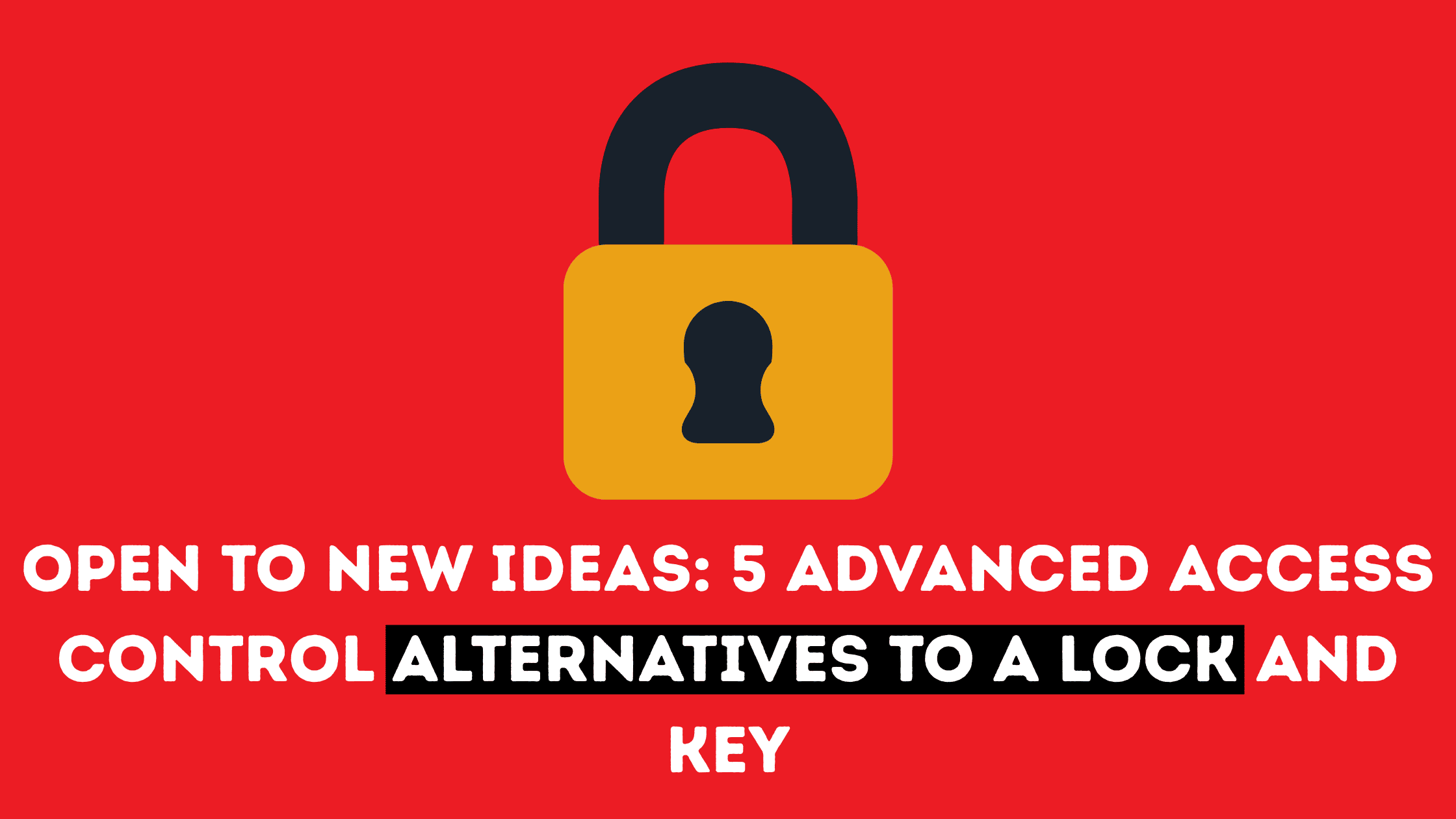Access control systems are integral in every workplace. While certain areas of your work premises may be open to the public, there may be other areas that are strictly off-limits. Locking doors with a key is the simplest and traditional way to keep unauthorised individuals out. But sometimes a lock and key isn’t always the most efficient or secure option. By exploring other, more advanced access control methods, you can more effectively keep out intruders and improve the smooth running of your business. Below are 5 examples to consider.
Keycards
Keycards as supplied by companies like Genetec can allow you to open doors by scanning a card against a reader. This is quicker than fiddling around with a key. Modern keycards can also be remotely deactivated (if they are lost or stolen, which can prevent a stranger from being able to use them. Plus, you can store data on when they are used to help detect suspicious behaviour. It’s also very hard to clone a keycard, whereas it’s easy to make a copy of a key. On top of this, keycards are very portable – they can easily slip in a pocket or even be attached to a lanyard.
Smart locks
Smart locks are electronic locks that can only be opened by using an app. This may include simply pressing a button on an app or entering a passcode on an app to remotely open a lock (either by Wi-Fi or Bluetooth). Whereas traditional locks can be picked, smart locks are much harder to break into without using an authorised individual’s smartphone.
Video intercoms
Another form of access control to consider is a video intercom. This is a popular way of controlling visitor access – a visitor presses a buzzer next to the door, which alerts a trusted employee (either via an intercom device inside the building or via an app), and that employee can then choose whether or not to grant access to the visitor. Unlike a traditional intercom that requires a visitor to confirm their identity solely by voice, a video intercom allows an employee to view the visitor through a camera to confirm further that they are who they say they are. This makes it a more secure option.
Biometric passwords
Biometric passwords involve scanning a body part to determine whether a person has authorised access. This could be a fingerprint scanner or a camera that uses facial recognition technology. Biometric passwords don’t require individuals to carry a key or a card. This access control technology can, however, be more expensive to set up and is not always more convenient.
License plate recognition
For access control into private parking lots, license plate recognition technology can be a good option to explore. This involves registering the license plates of authorised individuals on a system and then using a camera to scan each vehicle’s license plate as it approaches. If the vehicle’s license plate is recognised, it automatically triggers a barrier or gate to open. If the license plate isn’t recognised, the vehicle cannot access the parking lot.
Conclusion
As you can see, there are many different forms of access control technology to choose from. Determine which solution is most suitable for your premises. These access control systems will cost more than a traditional lock and key, but are worthwhile for the added efficiency and security that they can bring.

